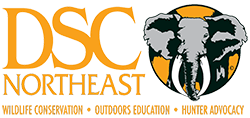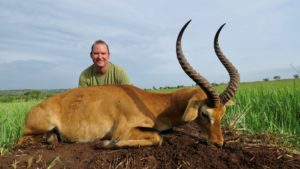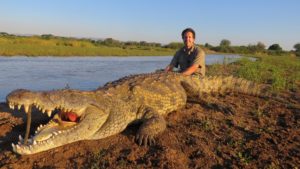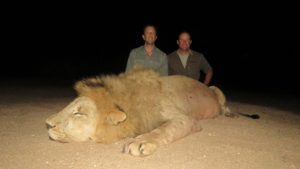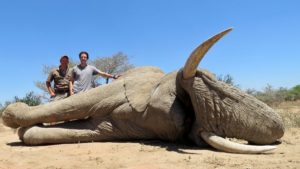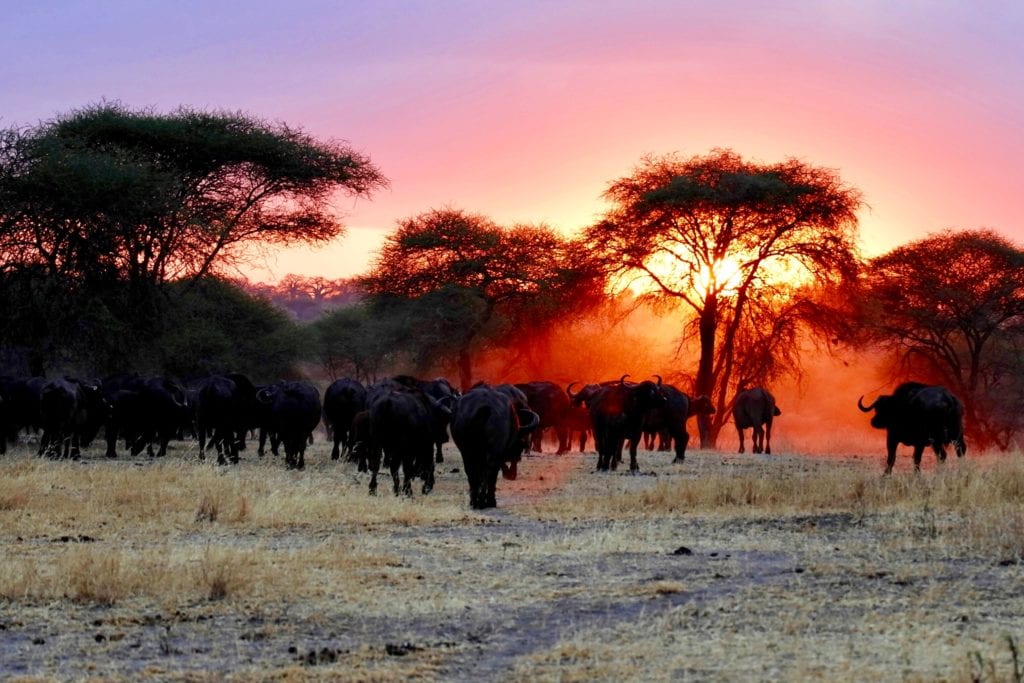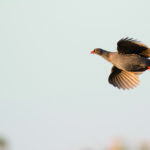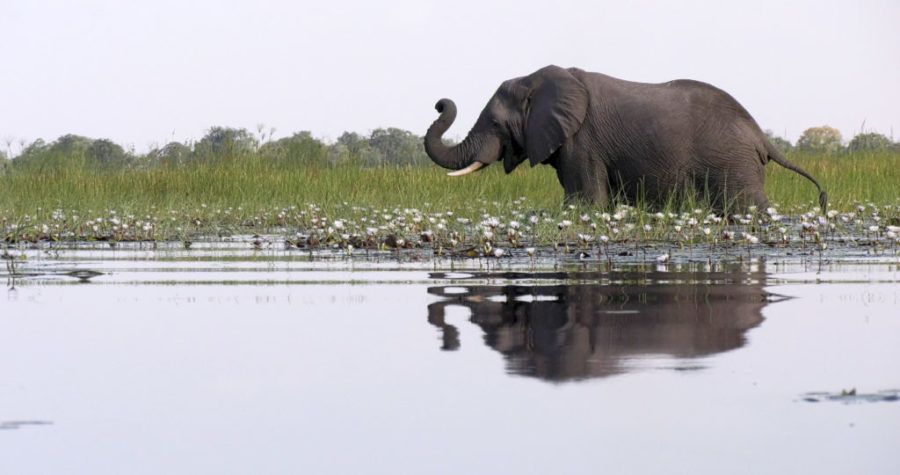
Both my parents immigrated to then Rhodesia from Mauritius. My father was only 20 years old in 1964 when he left Mauritius to come and work in the sugar industry in a place called Hippo Valley, in south-eastern Rhodesia. He started as an assistant section manager, then manager, until he was able to buy his own sugar farm in the early seventies. My mother was only 16 years old when she moved to Rhodesia with her parents. My parents married when she was 19. Three children and 52 years later they are still married. Unfortunately, events that happened in Zimbabwe in the early 2000s forced them back to Mauritius where they are today.I was born on 19 Feb 1979 in a small town called Triangle in the south-east of Rhodesia now Zimbabwe.
My father was a very keen hunter and he would take me hunting from a very young age. Without doubt he was my biggest influence and taught me so much about hunting, gun safety, etc. To this day when I’m faced with decisions in the field, I often ask myself, “What would the Old Man do?”
I did my apprenticeship under Roger Whittall. Roger is definitely one of the legends and pioneers of the safari industry in Zimbabwe and am so privileged to have been mentored by him. Working for Roger Whittall at the time as a PH was a local man called Magara. He was truly an amazing hunter/tracker. He too taught me very valuable lessons indeed.
It’s hard to pick any one particular lesson learnt during my early years as an apprentice because there were many but one of the things that I will never forget was the point Magara made to me once when we were on an elephant bull hunt. We caught up to a bull after several hours of tracking and it turned out not to be the trophy we were hoping for, so instead of just walking away I wanted to get the client in close to the bull and explain the various shot placements, get the adrenaline pumping, etc. Like a dress rehearsal! We were about 60yards away and I wanted to get to at least 20 yards from it. As I started taking the client closer Magara touched me on the shoulder and asked me if I was going to shoot that elephant. I told him no, and explained what I wanted to do. He asked me why we should go, and if we couldn’t see it from where we were.
He said, “Look through your binoculars and explain to the client where to shoot because if we go closer and the elephant ends up charging, we might end up having to shoot it in self-defense and it would be a waste of an animal’s life.” This made a lot of sense, so basically I’ve learnt not to unnecessarily and purposely put myself into a situation that can go south quickly.
My early years of professional hunting started in the Zambezi Valley in an area called Chewore South. It truly was an incredible place back then. It was on one of my first hunts there that I learnt it was not ideal to build a blind on a well-used elephant path.
We had a nice tom leopard on bait, so we built a blind and the plan was to walk into the blind in the early hours of the morning and wait for it to get light and, hopefully, catch the leopard there. Upon quietly sneaking in towards the blind it became evident to us that it had been completely destroyed by elephants and no longer existed. Back to the drawing board, and a lesson well learnt.
Another rather awkward moment was when I was hunting leopard on Humani. The client and I were in a tree blind about 20feet off the ground when the client informed me that he was having a movement of the large intestine. Murphy’s law. The leopard was close as I’d just heard a bushbuck bark less than a few hundred yards away. I told the client to do his business and to avoid going to the ground and walking around with a flash light. I suggested he tried just hanging off the ladder. He tried. To cut a long story short, the leopard never came in, and the climb down the ladder proved for obvious reasons very challenging for me when it was time to get back down.
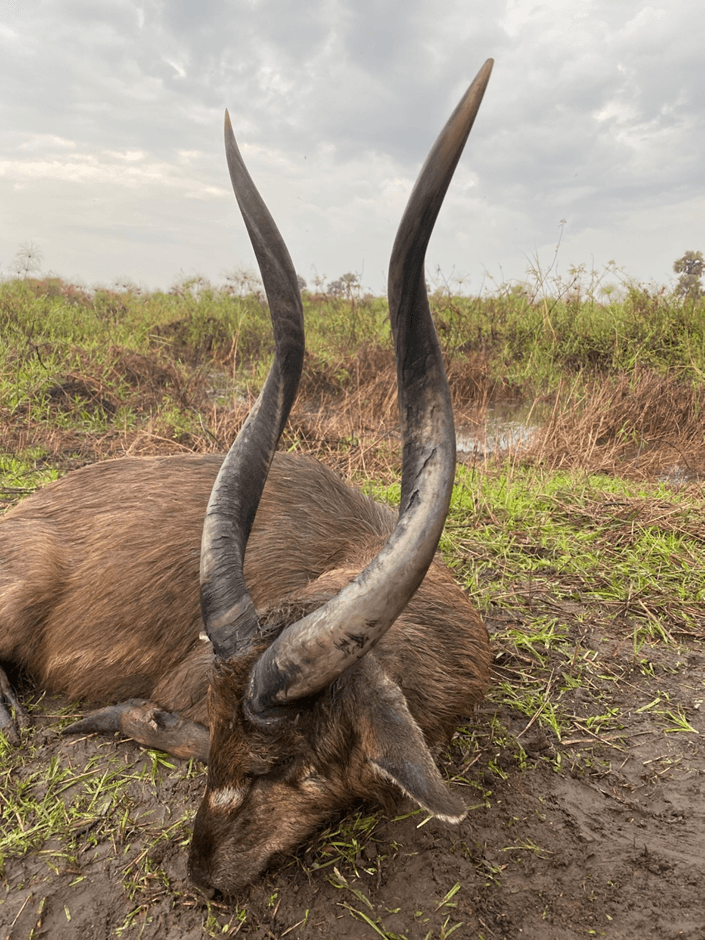
My career has taken me to countries and places I would otherwise never have been to. I am blessed to have guided in Zimbabwe, Mozambique, Cameroon, Uganda, C.A.R. and Mauritius. I have also accompanied clients on hunts to Tanzania, Zambia, Namibia, South Africa, Botswana and Ethiopia. Today the only country I no longer go to is C.A.R, and most of my hunting is in Zimbabwe.
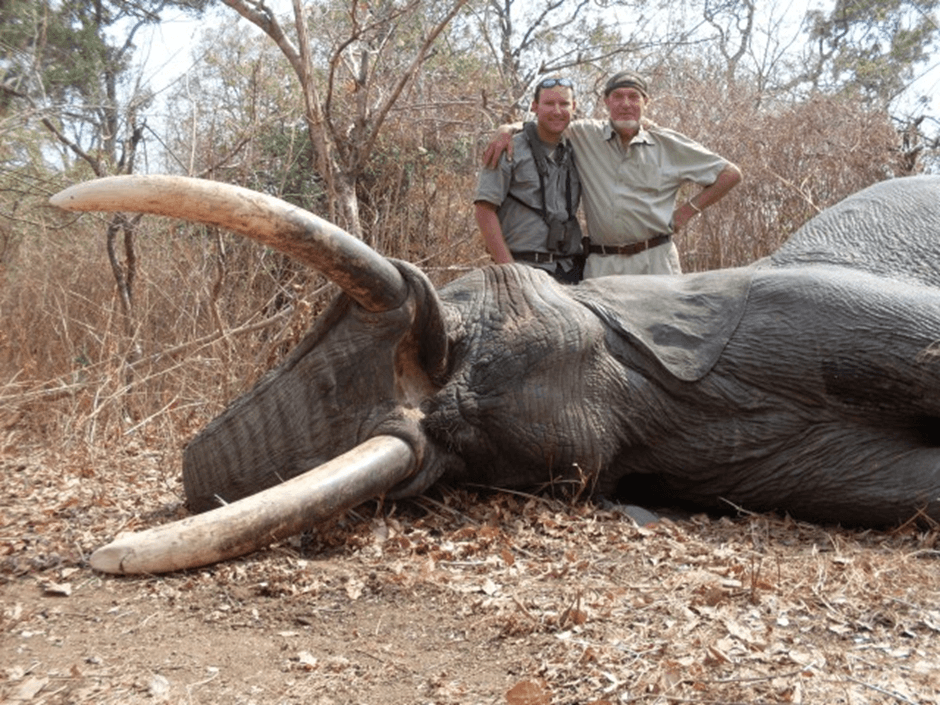
I have had so many interesting and successful, fun hunts along the way. But the one fondest memory that I have of is the elephant bull hunt I did with my father in 2009. He was my client, so to speak. The hunt took place in Sapi, Zambezi Valley, and after a couple hours of tracking we managed to get a 60lb bull on the fourth day of the hunt. I remember being with my father on his very first elephant bull hunt in Nyakasanga, Zambezi Valley in 1986 when I was just seven years old, so to be able to personally guide him onto such a great bull 23years later was special.
If I had to choose to return to any time or place in Africa, that would be a tough question. Having been fortunate to hunt in so many countries and areas, perhaps I’d have to say it was my time in the Chinko area of eastern C.A.R in the early 2000s. C.A.R was an incredible hunting destination and usually you earned every trophy you got. Areas were massive, logistics tough, and roads were limited. I mean imagine hunting an area that was 4 million acres and where you could realistically hunt 20 different native species on one safari in one area. But from reading and listening to stories from older PHs, I feel I was born 25years too late, anyway.
I truly enjoy hunting all species, but my favorite hunt has to be leopard. I really enjoy the challenge of trying to outsmart a large, old tom. Leopard hunting is a roller coaster of emotions, and you have to be mentally strong to put up with the monotonous routine of hanging, checking, replacing baits, driving the same roads and building blinds. However, the euphoria of finally getting your hands onto a cat you have specifically targeted is hard to explain. One of my fondest memories of a leopard hunt was with good friend Will Parks, and was for a cat nicknamed “The Professor”, a smart cat that had been shot at and lightly wounded by another client a few years prior. Since then the tom would never hit the same bait twice, but after we persisted, he finally made a mistake and we got “The Professor”.
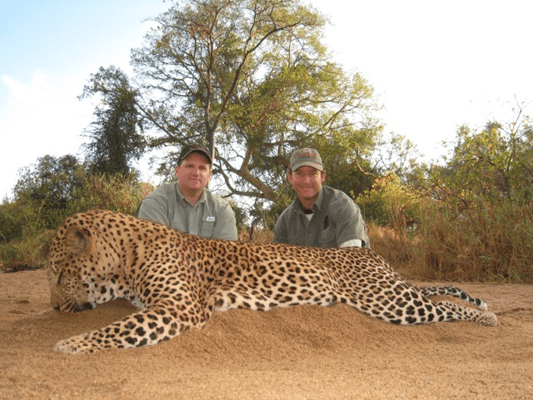
My favorite hunt
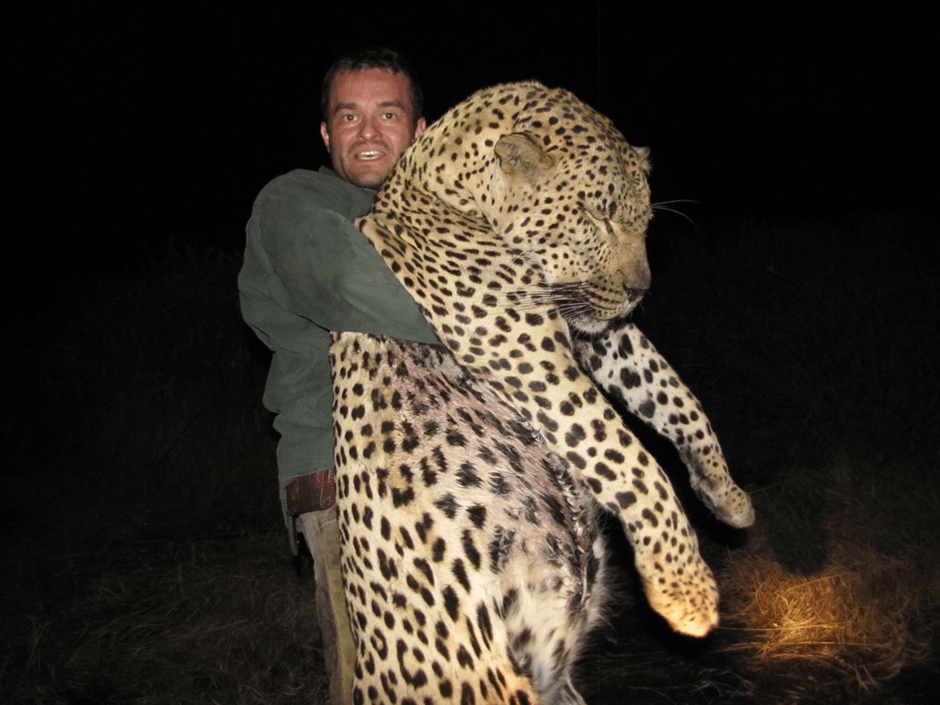
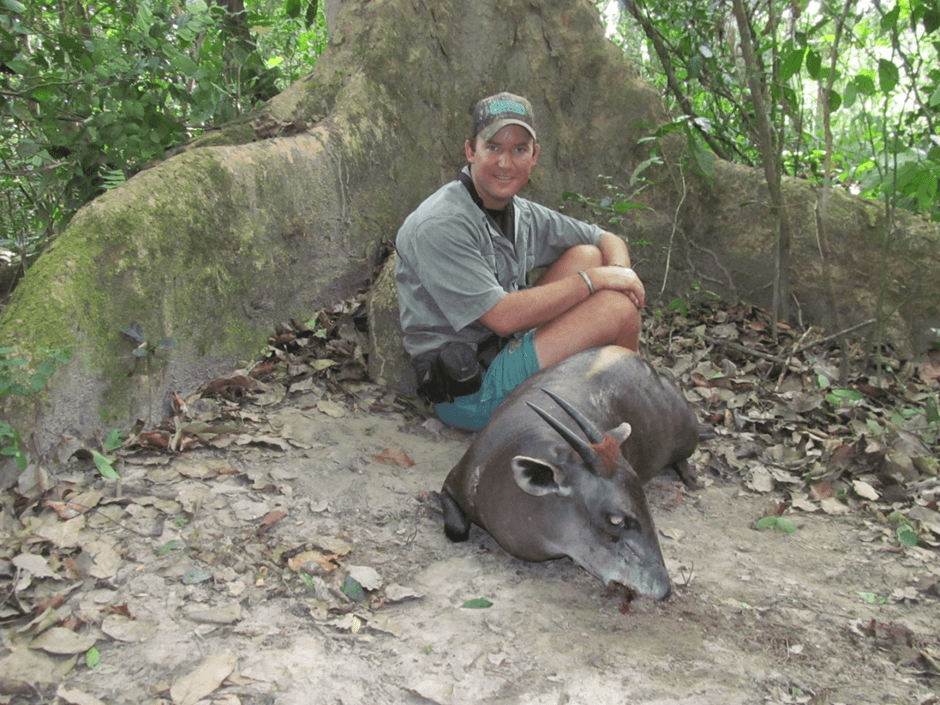
It’s hard to single out any one particular trophy that stands out as the best trophy taken by one of my clients, as there have been many. But, if judging the best trophy as to where it would be ranked in the record books, I’d have to say a blue duiker and a yellow-backed duiker taken by the same client in C.A.R., both ranking in the top five at the time. To mention a few other outstanding trophies I’d say a 32” roan, a 17¼” leopard, a 75lb elephant, a 45” buffalo, a 52” Lord Derby, an 18¾” Chobe bushbuck, a 61” kudu, a 30” common nyala, a 33” waterbuck, a 16” warthog, and a 7½” bushpig.

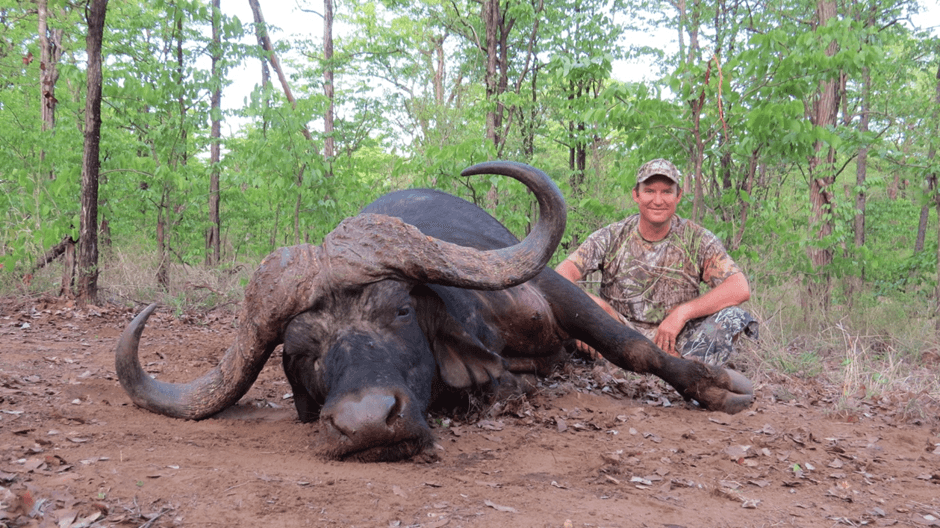
One of my most memorable hunts was one I have just completed this year. In 14 days we managed to get two great lion, a 53lb elephant, a 13,5ft crocodile, two awesome buffalo, and a bunch of plains game. Equally as memorable was a hunt I did with a good friend from Honduras. On that particular safari we got a 75lb elephant and a 17¼” leopard. Turned out that those two trophies were the biggest of their species for the year in Zimbabwe. Talk about a lucky hunter!
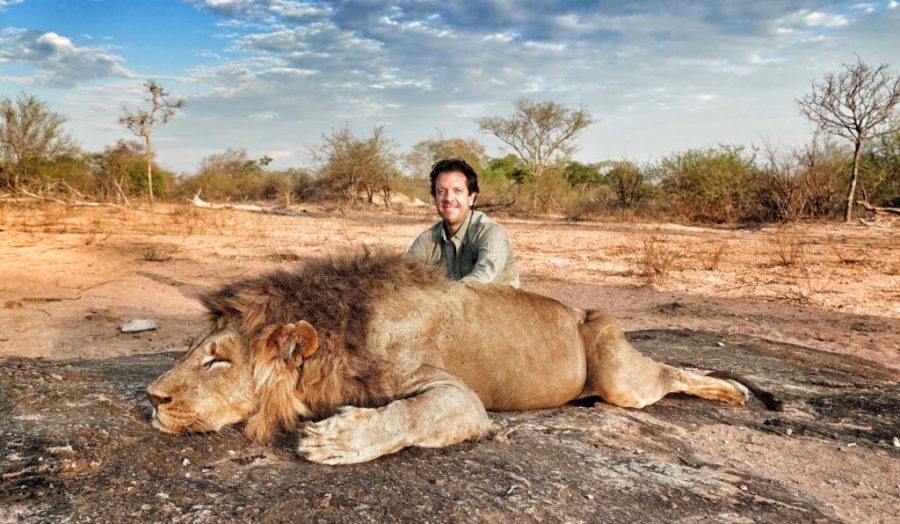
Thankfully, disaster clients are very few and far between, but one that stands out was a guy who’d come for an early season elephant/leopard/hippo hunt in the Zambezi Valley. Chewore North, to be precise. The bush was thick that time of year with some rain still around. He arrived with a .416 Rigby which he personally had never shot. Supposedly the guys that had sold him the rifle had zeroed it in for him. Anyway, as always before starting a safari, we went to the range to check that the rifle and scope had made the journey – it also gives me an idea of the client’s shooting abilities.
Well! His abilities were not great and it wasn’t the rifle and scope that was the problem, as I eventually shot it myself to see, and it was dead on at 100 yards. The client argued with me that he never shot well at paper, but at animals he was a sniper of note! Reluctantly I agreed to give him the benefit of doubt. Lesson learnt.
He wounded, and we lost his leopard in the early morning, and wounded and lost his elephant bull in the afternoon of the same day. The leopard bled a few drops only for the first 15 yards from the tree, and as thick as the bush was then it was impossible to follow the tracks without blood. His elephant we followed until late in the evening, and we were to return in the morning, but that night it poured with rain which erased all tracks. Gone!
The client then went on to miss three separate hippos in the water during the course of the hunt. The only trophy he got to take home was a gut-shot zebra which we eventually found. Upon saying goodbye I advised him to spend a bit more time at the range before coming on a hunt to Africa, and to rather get himself a .375 which would be easier for him to shoot. For some reason I’ve never heard from him again.
For a first-time hunter to Africa and depending where and what he’s coming to hunt, I generally recommend a .300 Win Mag for plains game and a .375 H&H for dangerous game. Both those calibers are more than adequate and ammunition for those calibers is easy to find in Africa should for any reason client’s ammo doesn’t make it. As far as ammo goes, any of the premium softs will work. Personally I like the 180g Swift A-Frames out of the .300 and 300g Swifts or Bear Claws out of the .375. Always bring about 10 solids for the .375 especially if hunting elephant. I like the Federal Sledge Hammers, Barnes and Woodleigh solids.
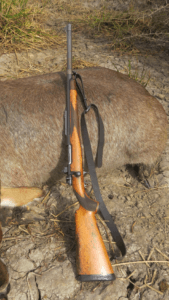
Personally I carry a .458 Lott which was custom-built for me by Sabi Arms in South Africa. It’s built on a CZ action, has a 22” barrel, peep sights and a Winchester-type safe. The stock is made from Turkish walnut. I’ve been carrying that particular rifle since 2005 and it’s got me out of trouble on numerous occasions. I like that caliber as it is pretty versatile. It’s fairly flat shooting for a heavy caliber and delivers good knock-down power. I generally carry it loaded with 500g solids, but will change to 500g softs when following wounded cats. I also have a .375 H&H Dakota built for me by my good friend Duke McCaa of Gulf Breeze. It’s fitted with a Swarovski Z6i 1,5 – 10. My tracker Mudini always carries my .375 just in case there is a longer shot on a wounded animal. Clients are also welcome to use this rifle should they wish to travel without guns. My light caliber is a .300 Win Mag, Parker Hale, fitted with a Swarovski 2-12, illuminated reticule.
My closest brush with death was one time I really annoyed my wife… (Joke!)
I have been charged by all of the big four that we hunt in Zimbabwe – three times by buffalo, twice by elephant, once by each of the cats, and they thankfully all ended well, but I must say the one that I truly felt could’ve gone badly wrong was the elephant bull.
The client had attempted a side brain shot with his .500 double. The first shot actually dropped it, but I could see it was not a direct hit to the brain. He followed up with the second shot to the body somewhere as it was going down. Normally at this point I tell the client to put an insurance shot to the back of the head and another into the heart/lung area, but where the bull had fallen you could not see the back of its head as it was covered by a large bush, so we walked around and I got the client to put another two shots into the heart area. I still wasn’t happy with the insurance shots as I felt they were too low, so thought I’d walk to the front of the bull and get the client to put another couple of rounds into the chest area. As we were making our way around, the bull started rocking from side to side with his head up off the ground trying to stand up, at which point I told the client to shoot it in the head/brain. He fired one shot, and I was waiting for him to fire the second shot but it never came.
The bull was still trying to get up, and at this point was close to getting back onto his feet. I personally didn’t want to shoot the bull myself – after all it was the client’s elephant. Lesson learnt! I took my eyes off the bull to see what the client was doing and why he wasn’t firing his second shot. Turns out he had only reloaded one barrel, so after that shot he back-tracked while trying to reload his double. When I turned back towards the bull, to my surprise I found it on its feet and staring down at me. I fired my first shot in haste, but instantly knew that I’d hit it too high. It lifted its head and then lowered its head and started coming for me. Thankfully, my second shot brained it properly and it fell with its front feet tucked under its chest and tusks impaled into the ground. It was literally five paces from me. If I had missed that shot I believe I would’ve been tickets! Nothing more daunting than a big-bodied elephant bull with 55lb tusks staring down at you. I learnt a valuable lesson that day.
I feel the hunting industry has changed a lot due to all the pressure from the anti-hunters. There seems to be a lot more rules and regulations in place to help appease those folks, such as minimum age limits on lion and leopard, for example, and because of this, modern technology – such as trail cameras – is today a must have for any PH, as they help us guess the age of the cat on bait. The fast pace of today’s world also means that safaris are getting shorter and shorter, as not many people today can afford to spend 3-4 weeks away from work, so effectively people are trying to accomplish in 10 – 14 days what used to be a minimum of 21 days. All of this adds immense pressure to us as PHs. I feel there are some good changes, however. I feel we as PHs are trying to put more emphasis on the age of the animal hunted rather than the size, and in my opinion this is what it should all be about. A great hunting experience culminating in the taking of an old animal.
To improve your hunting experience, practice at the range as often as you can. Practice shooting from various positions. Sitting positions, off shooting sticks, free hand, off your knees. I can think of hundreds of opportunities missed by clients because they weren’t comfortable shooting at something that wasn’t quite standing broadside, in the open, and because they weren’t happy shooting off sticks, etc. Practice, practice, practice. Bullets are cheap compared to the total cost of your safari. It also helps to study and learn the anatomy of the animals you’ll be hunting. Lots of good books are out there on shot placement.
I think our industry is under immense pressure and in a huge battle with the antis, and unless we can convince the majority of the uninformed that sustainable utilization of wildlife is key to its longevity, we will lose the battle. The way to do this is to prove to them with facts that hunting contributes to conservation. It’s up to us to make sure quotas are set correctly and that hunting ethics are maintained. We must also try and move away from judging the success of a safari on how big the trophies taken were, and rather on how old the animal is. In general I feel that as an industry as a whole we are trying hard and we are moving in the right direction.
And a dream… If I were to have one last safari, it would be a 28-day safari with leopard, lion, elephant bull and multiple buffalo (at least 10) on license. My father would be the primary client with my mother, wife and son as observers.
The views expressed by the editors, authors or users of this linked article are expressly theirs, and do not necessarily reflect the policies or opinions of Dallas Safari Club, its employees, members or assigns. Any concerns about a site user’s post should be addressed appropriately to that person. Any concerns about an advertiser, a user or any content on this site should be addressed to social@dscnortheast.org.
